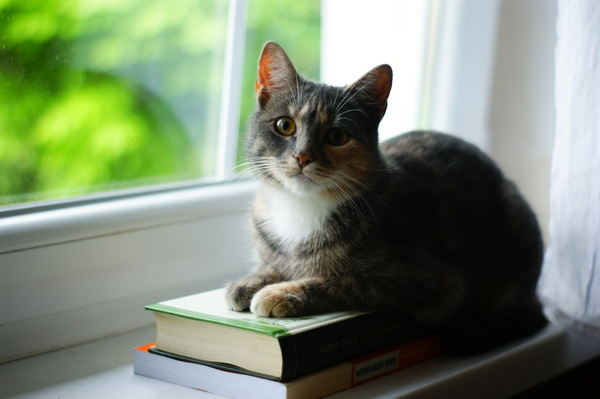
Cat litter and litter boxes play a pivotal function in the lives of both felines and their owners. From the humble beginnings of sand and soil to the innovative improvements these days, the world of cat litter has developed substantially. In this thorough guide, we explore every aspect of cat litter and litter boxes, exploring their history, types, benefits, challenges, and everything in between.
The history of cat litter dates back centuries, with ancient civilizations using sand, soil, and even ashes as primitive litter materials. Nevertheless, it wasn't until the mid-20th century that modern cat litter as we know it emerged. In 1947, Edward copyright introduced the world's first commercial cat litter made from absorbent clay, revolutionizing the way cats relieved themselves indoors. Ever since, cat litter has gone through many improvements, with the intro of clumping litter, silica gel litter, naturally degradable choices, and more.
Today, feline owners are spoiled for choice when it comes to selecting the ideal litter for their feline buddies. Conventional clay litter remains popular for its affordability and effectiveness in absorbing smells. Clumping litter, which forms solid clumps when wet, simplifies cleaning and upkeep. Silica gel litter, made up of extremely absorbent silica crystals, provides exceptional odor control and durability. Eco-friendly choices, such as recycled paper, wood pellets, corn, and wheat, appeal to environmentally mindful consumers.
Each type of cat litter uses special advantages. Clay litter masters its capability to take in moisture and control smells, making it a trustworthy choice for many feline owners. Clumping litter streamlines everyday scooping and extends the time between total litter changes. Silica gel litter provides extraordinary smell Litter Box Mats control and can last longer between replacements. Eco-friendly litters provide a sustainable option that lessens environmental effect.
While cat litter improves indoor feline health, it is not without its difficulties. Dust from clay litter can posture breathing risks for both cats and humans, triggering the popularity of dust-free options. Some cats might develop litter box hostility due to problems with texture, scent, or tidiness, necessitating experimentation with various litters and box configurations. Multi-cat families may need strategic litter box placement and regular maintenance to avoid territorial conflicts and ensure all cats have access to tidy facilities.
Choosing the appropriate litter box is necessary for promoting positive litter box routines and overall feline wellness. Factors to think about consist of size, accessibility, and style preferences. Covered litter boxes offer personal privacy and assistance consist of smells, but some felines might find them confining or frightening. Open-top litter boxes offer simple access and exposure however may lead to more litter scatter. Automatic self-cleaning litter boxes streamline maintenance however require routine monitoring and maintenance.
Proper litter box maintenance is vital for ensuring a clean and inviting environment for both felines and their cat litter box enclosure owners. Daily scooping removes waste immediately, minimizing odor and preventing litter box hostility. Routine litter replacement, typically every 1-2 weeks, prevents bacterial accumulation and keeps optimal absorbency. Comprehensive cleansing with mild detergent and water, preventing harsh chemicals that may prevent felines from using the box, must be performed monthly.
Cat litter and litter boxes play a central function in cultivating a healthy and harmonious relationship between cats and their human buddies. With a varied selection of litter options and litter box designs offered, feline owners have the versatility to tailor their choices to fit their felines' choices and family requirements. By understanding the development, types, advantages, and obstacles of cat Robot Litter Boxes litter and litter boxes, family pet owners can provide their feline buddies with a comfortable and hygienic indoor environment.